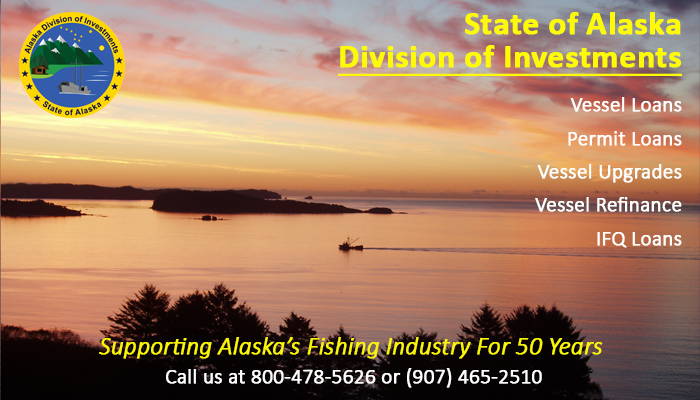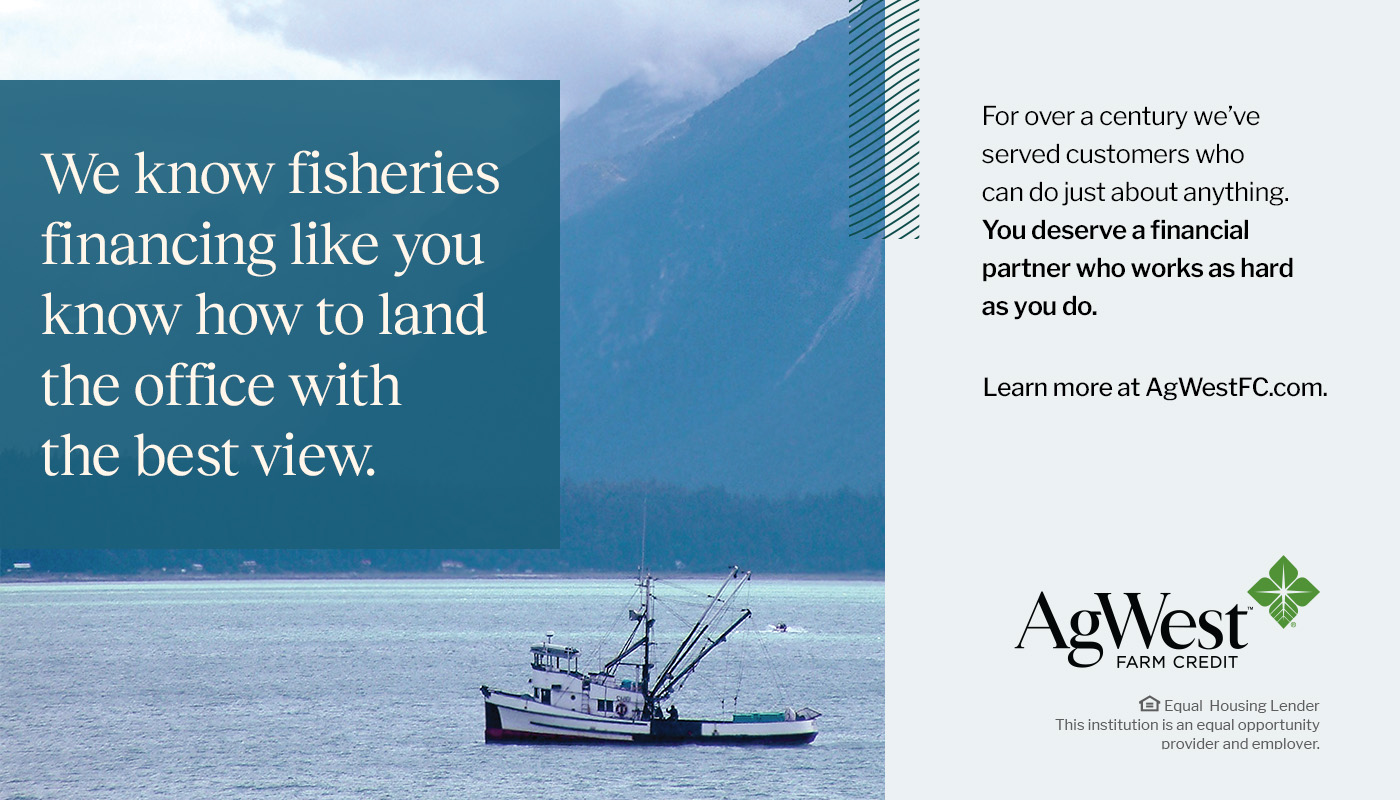Fish Factor by Laine Welch
June 25, 2021
Governor Mike Dunleavy is the “decider” for winners and losers in Alaska’s salmon season as the state careens towards a shutdown on July 1 due to no budget.
As salmon fisheries swell, pink slips are in the hands of 15,000 state workers, including hundreds of those who tally the fish and manage the real-time rhythm of the runs and catches at Alaska’s far-flung fishing regions.
It falls to the governor to determine which fishery personnel and projects are considered “essential,” said Sam Rabung, director of the commercial fisheries division for the Alaska Dept. of Fish and Game.
“We've formulated a list of personnel that are essential to keeping the projects rolling and keeping things operating as normally as possible. By that, I mean having our managers and the people operating our in-season assessment projects stay in place,” Rabung said. “It'll be up to the governor to decide who on that list stays and which projects keep operating and which don't if we do have a shutdown.”
Dunleavy has yet to name names, but a Critical Services List released June 23 by the state Office of Management and Budget and Dept. of Law broke it down vaguely for ADF&G.
For commercial fisheries, under Partial Shutdown/Reduced Staffing Levels it states: “Necessary Staff to Maintain Constitutional Duties” and “Support services necessary to fulfill critical functions”.
Sam Rabung interprets that to mean “since sustainable fisheries management is a constitutional duty, assessment projects, management, and support for those will remain on the job.”
“It's not going to be a one size fits all, but some of the fisheries that are more programmatic will be unhampered,” Rabung added. “But everything from running a sonar or counting tower or flying aerial surveys, those things we have to keep going. And when the fish tickets come in, somebody tallies that information and it goes into our management decisions as well. Those are the kind of gray areas. How long can we do without those people? And I would say not very long during our active fisheries.”
“Commercial and sport fisheries will remain open and have the staffing required to meet the state’s constitutional obligation to maintain fisheries and natural resources,” wrote Kate Sheehan of the Dept. of Administration in an email who was tasked with responding to all media queries.
“You would think that we would have had a message from the administration just saying ‘Here are the exempt or partially exempt or whatever job classes that could remain open,’ but we didn’t get anything like that,” said Grant Hagerman at ADFG in Sitka who manages the region’s summer Chinook troll fishery set to open July 1.
“I think it’s just pink slips across the board if they don’t pass (the budget),” he told KSTK in Wrangell. “It’s really scary, not just for us losing our jobs, but we manage a fishery with 1,000 permit holders in Southeast, so it affects a lot of people,” Hagerman said.
The shutdown also affects other state fisheries and research projects.
“We expect that all of our vessels will be brought back to port which will interrupt the Port Moeller test fishery, or Southeast dive surveys and Gulf of Alaska crab surveys or whatever is going on at the time,” Rabung said. “I think it's going to be a matter of triage from the governor's office to minimize the in-season negative effects on fisheries.”
The negative impacts on workers and their families is Rabung’s biggest worry.
“The anxiety of this and the impact on staff is really, from my perspective, my biggest concern. We have a lot of people who this affects them and their families,” he added. “And, quite frankly, it has an impact on our recruitment and retention. I mean, people are starting to say maybe it's not the best deal to go to work for the state.”
Blue pipeline booms -The nation’s maritime economy grew at pace that nearly doubled the growth of the entire U.S. GDP in 2019.
GDP stands for gross domestic product and reflects the total market value of all finished goods and services in a specific time frame. It is used to estimate the size of an economy and its growth rate – a sort of comprehensive scorecard of a country’s economic health.
A first-ever report released this month by the U.S. Dept. of Commerce showed that the so-called “blue economy” grew by 4.2% and generated nearly $400 billion to the GDP.
Along with the oceans, the report includes the Great Lakes and looks at the contributions from shoreside businesses. Those businesses generated almost $666 billion in sales in 2019 and supported 2.4 million jobs.
Commercial fishing, including aquaculture, contributed $27 billion making it the sixth-largest segment of the blue economy.
The top marine economic activity in 2019 was tourism and recreation, including coastal trips and travel, and offshore boating and fishing. That accounted for 35.3% of gross output totaling $235 billion.
National defense and public administration accounted for just over 27% of the U.S. marine economy at $180 billion; offshore oil, gas and minerals contributed $76.4 billion, or 14%.
Marine transportation and warehousing accounted for $63.8 billion, or 9.6% of gross domestic output in 2019.
And here’s an interesting data point: nonrecreational ship and boat building contributed $31.2 billion, a 37.2% increase ($8.5 billion) from the previous year, making it one of the fastest-growing marine economy activities.
The blue economy report concluded that the nation’s waters are vital to America, saying that “It is nearly impossible to go a single day without eating, wearing, or using items that come from or through our ports and coastal communities.”
Don’t dump your dumps - Don’t be dumping your doings overboard is a message from the state of Alaska to fishing vessel operators.
The reminder to fishermen and other mariners comes from the Department of Environmental Conservation advising them that it is illegal to dump sewage within three miles from shore.
“It is common practice, obviously, for folks to use a honey bucket on their boat and to just throw it overboard. There is no doubt it is an ongoing practice. So, we are working to educate folks operating in our waters about the Clean Water Act. I would encourage folks to think about the water in general, think about being good stewards, and to bring that to our proper disposal on shore,” said DEC Commissioner Jason Brune.
Dumping sewage violates the Clean Water Act and can net you a fine up to $2,000. Brune said the dumpings damage the nearshore environment by contaminating shellfish beds and fish habitat and can spread diseases to other people.
All boats with onboard bathrooms must use Coast Guard approved sanitation devices with storage tanks that are emptied at a pump station on shore or beyond three miles. Boats with honey buckets also can use the pump stations or bag style camp toilets that can be sealed and disposed of at approved collection areas.
Along with the dangers of contamination, Brune pointed out that dumping sewage in nearby waters simply sends the wrong message.
“We have environmental standards that we want to hold folks to,” he said, “to make sure that we’re being protective of our marine resources, of our fish and of the environment that we love here in Alaska.”
Find more at www.alaskafishradio.com






